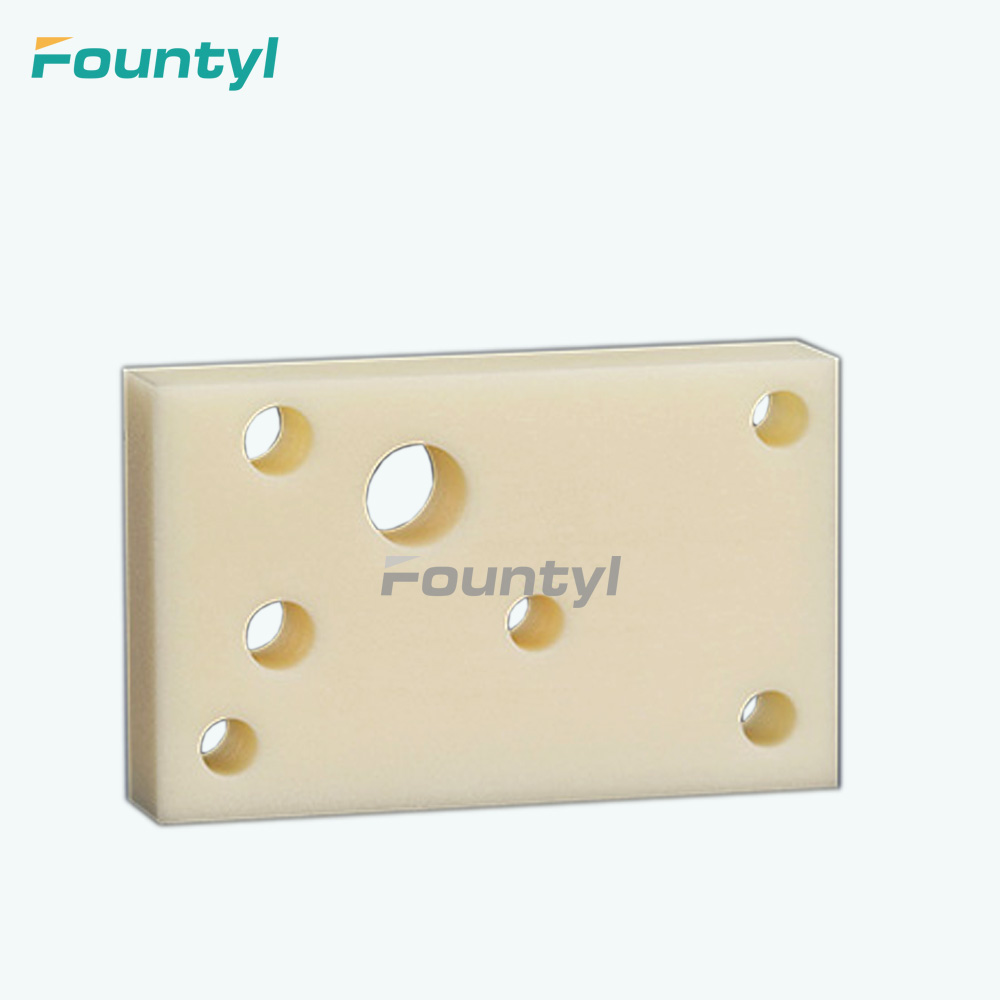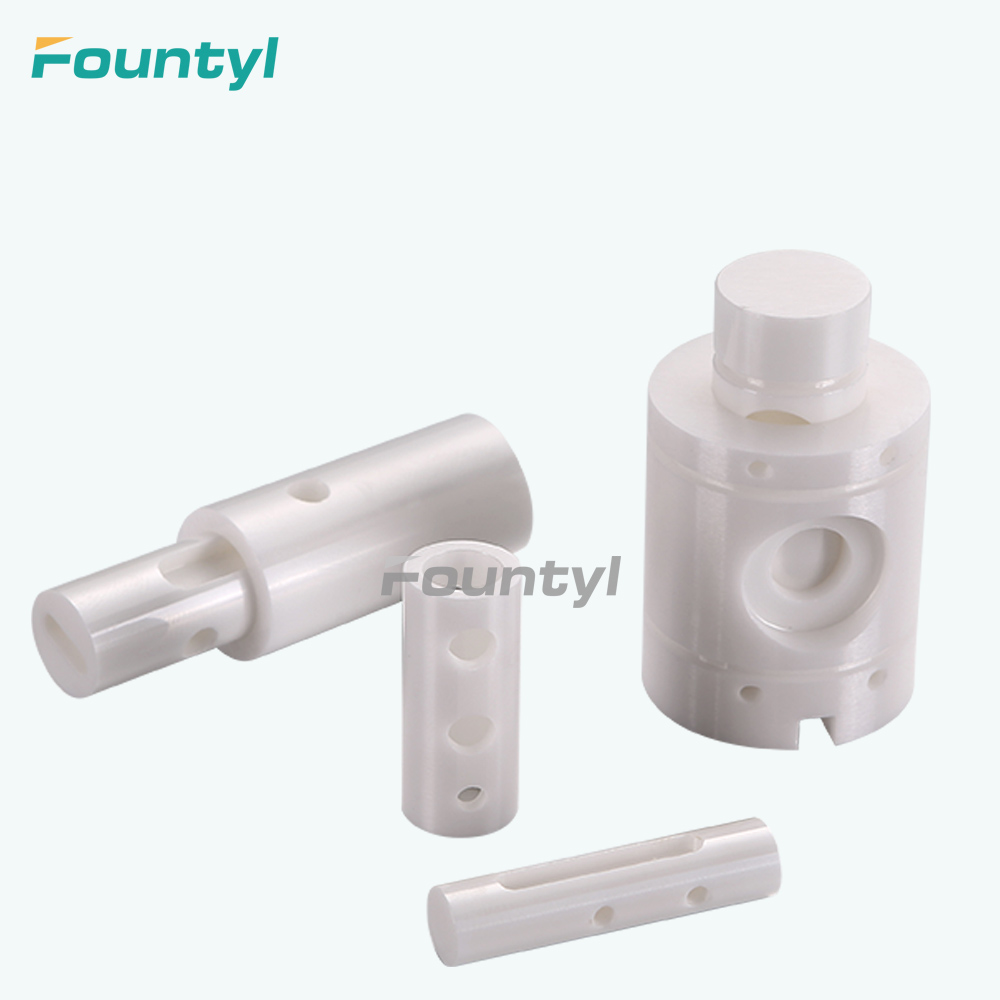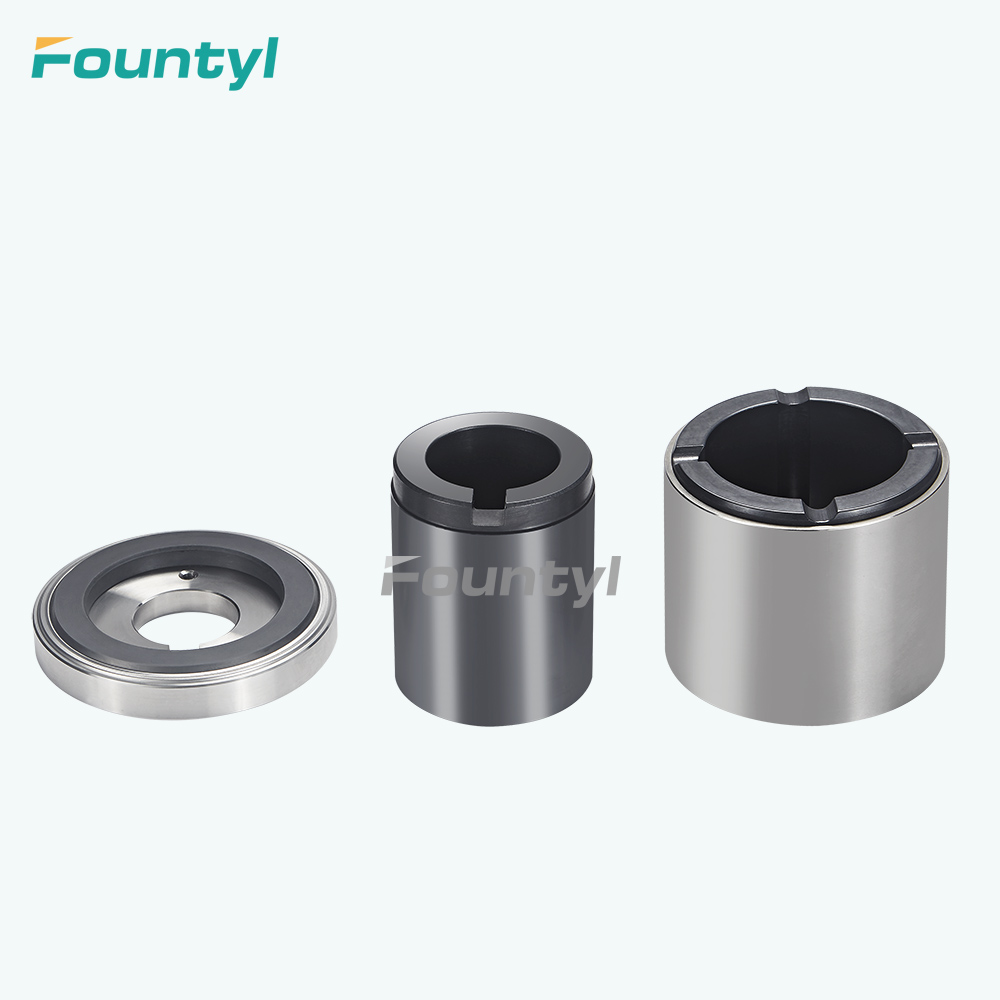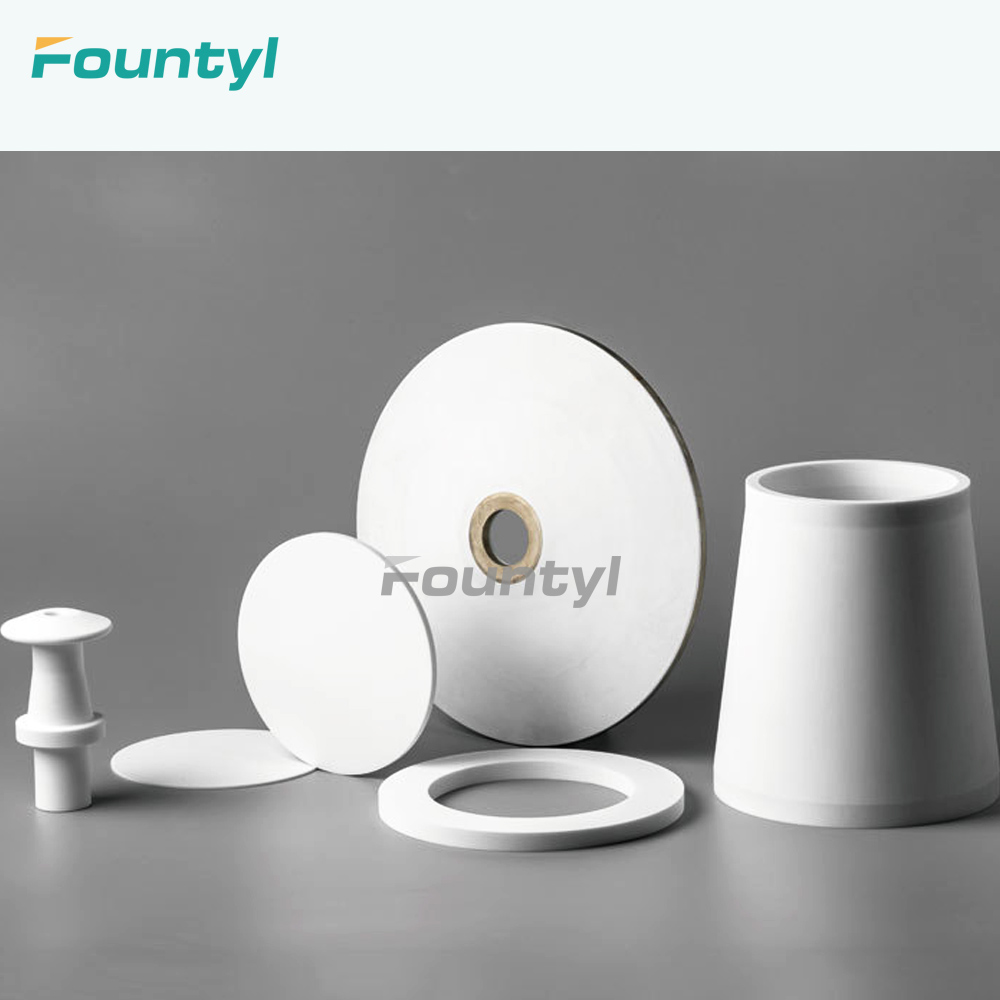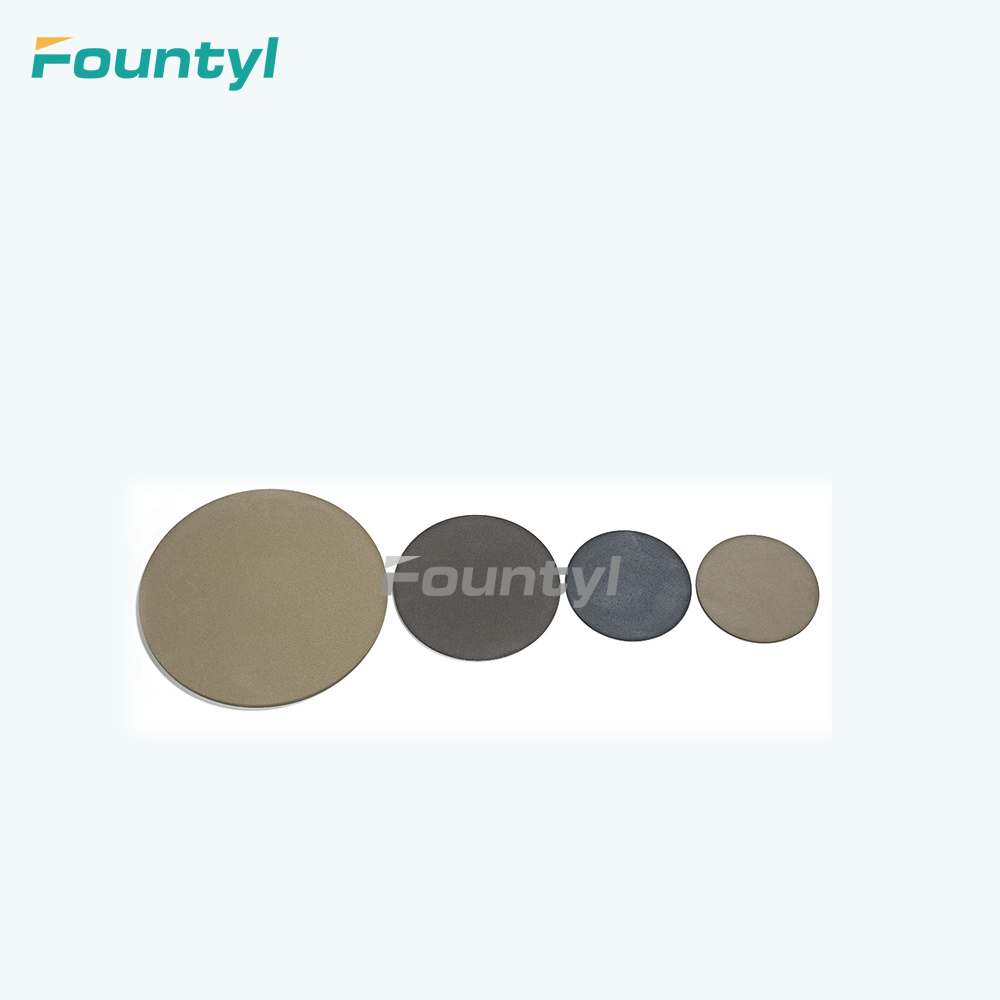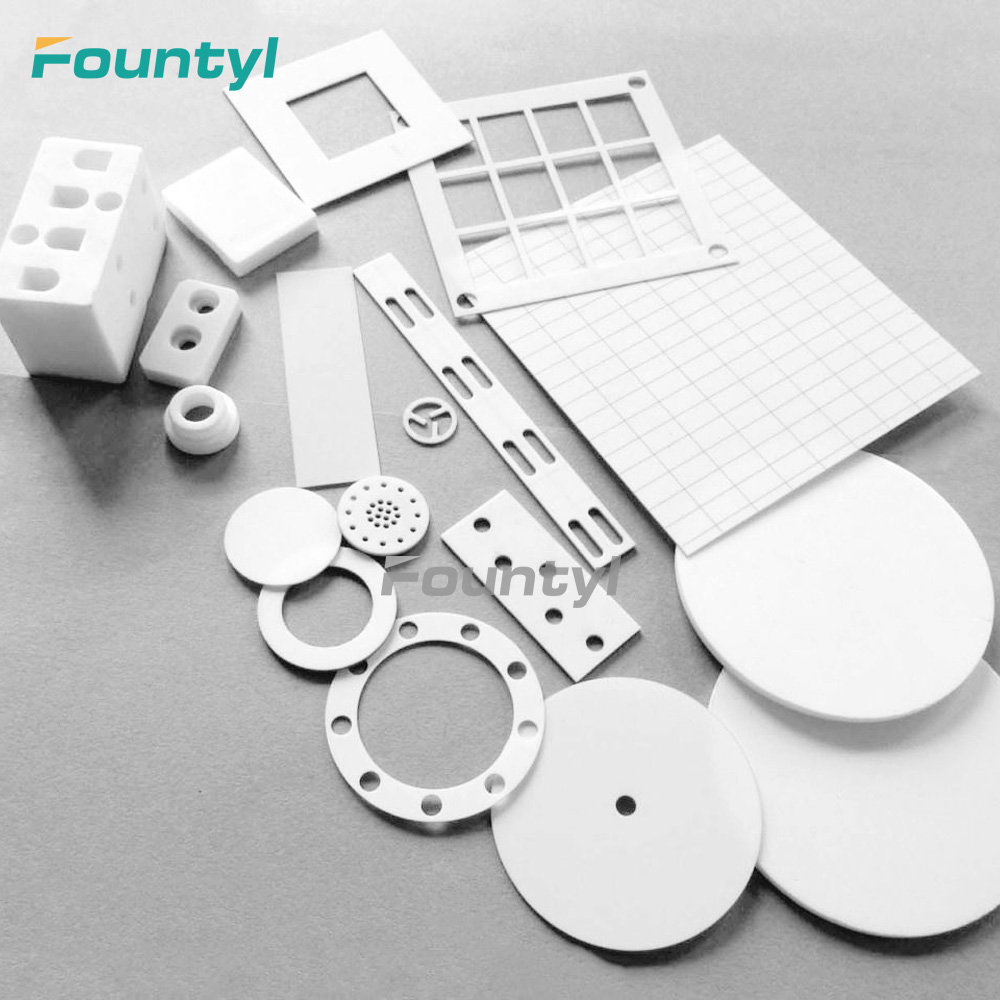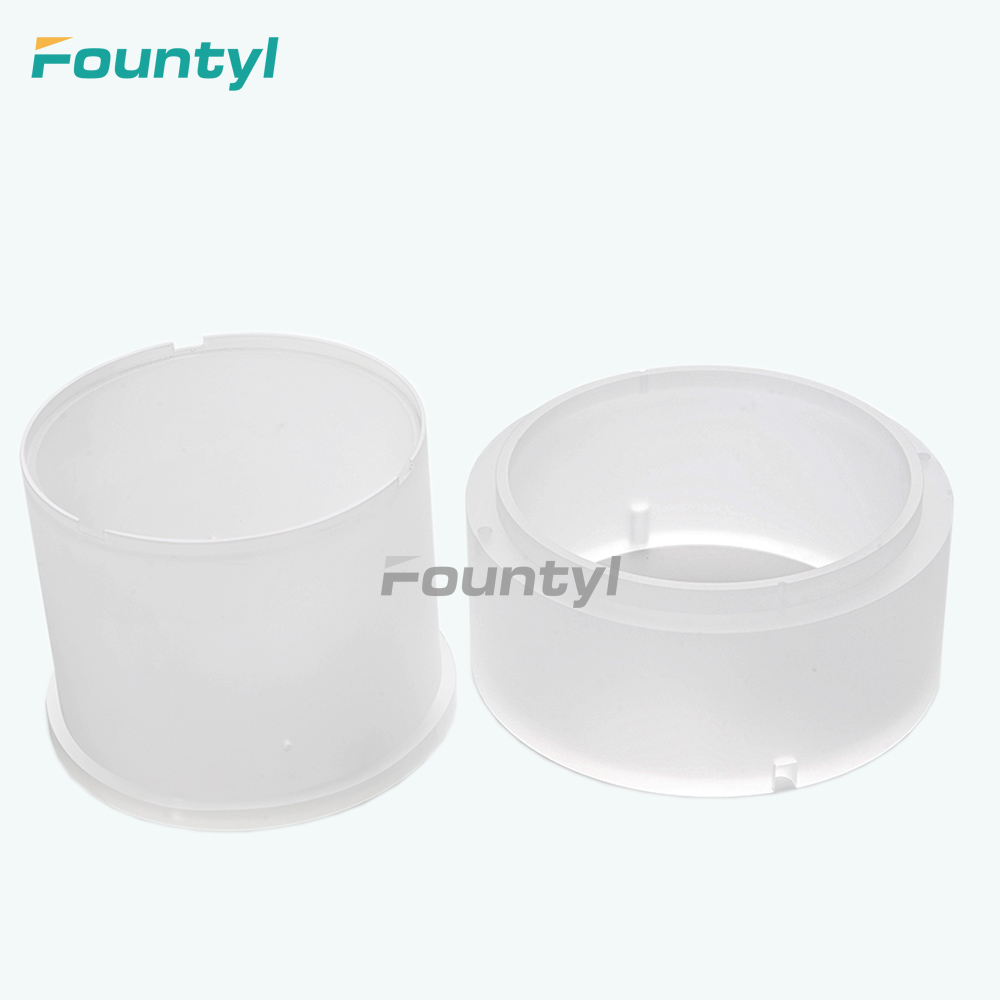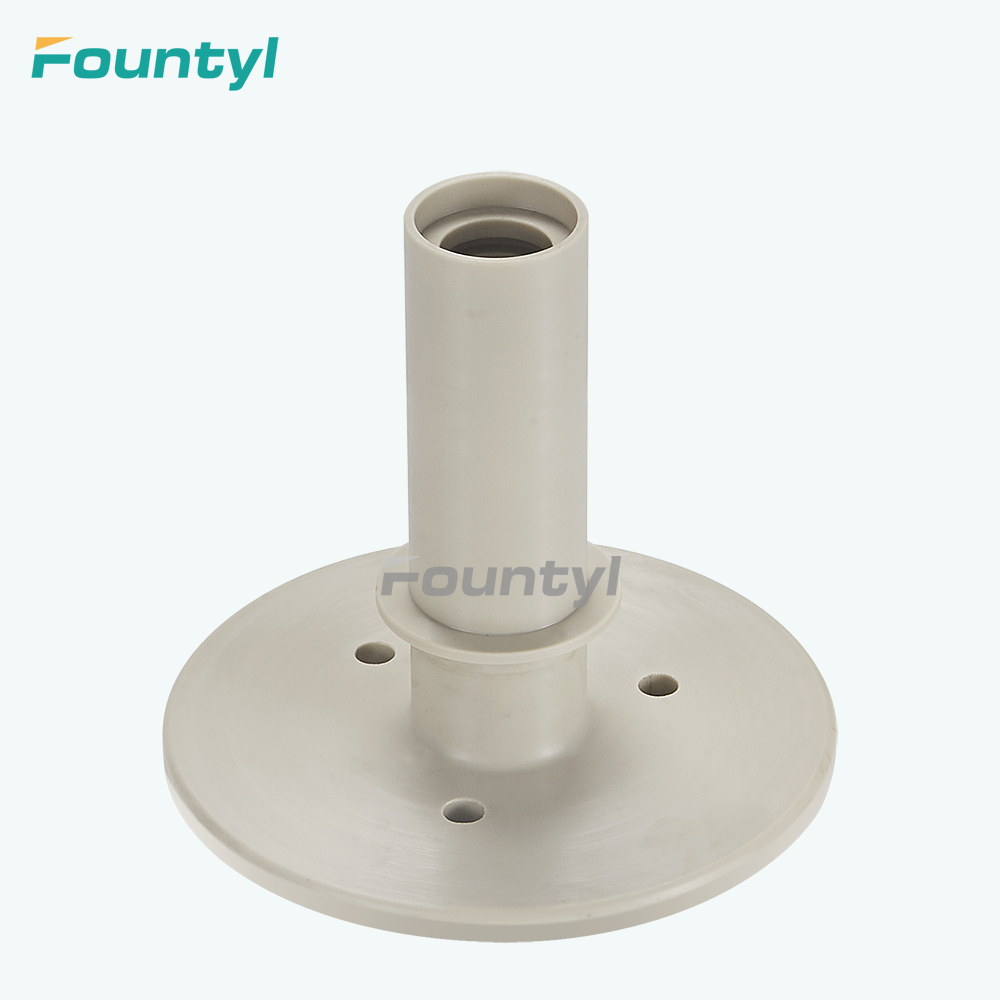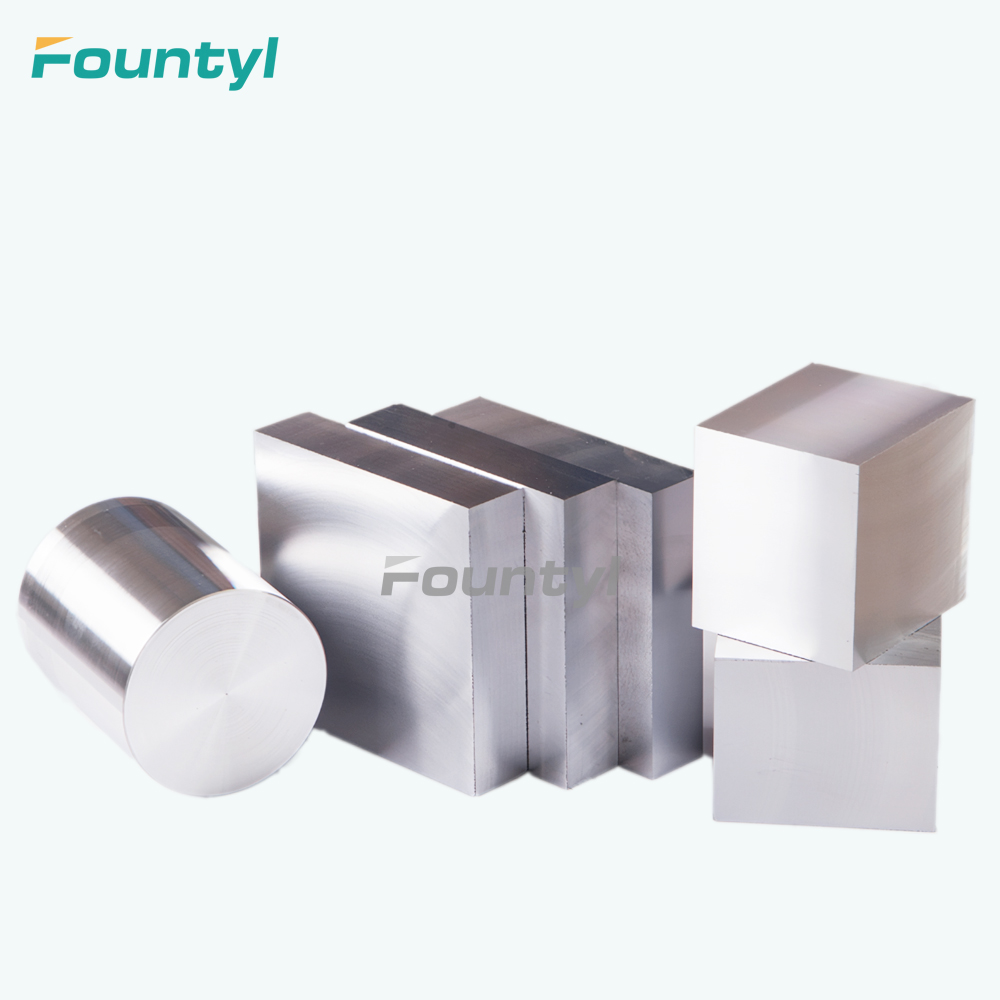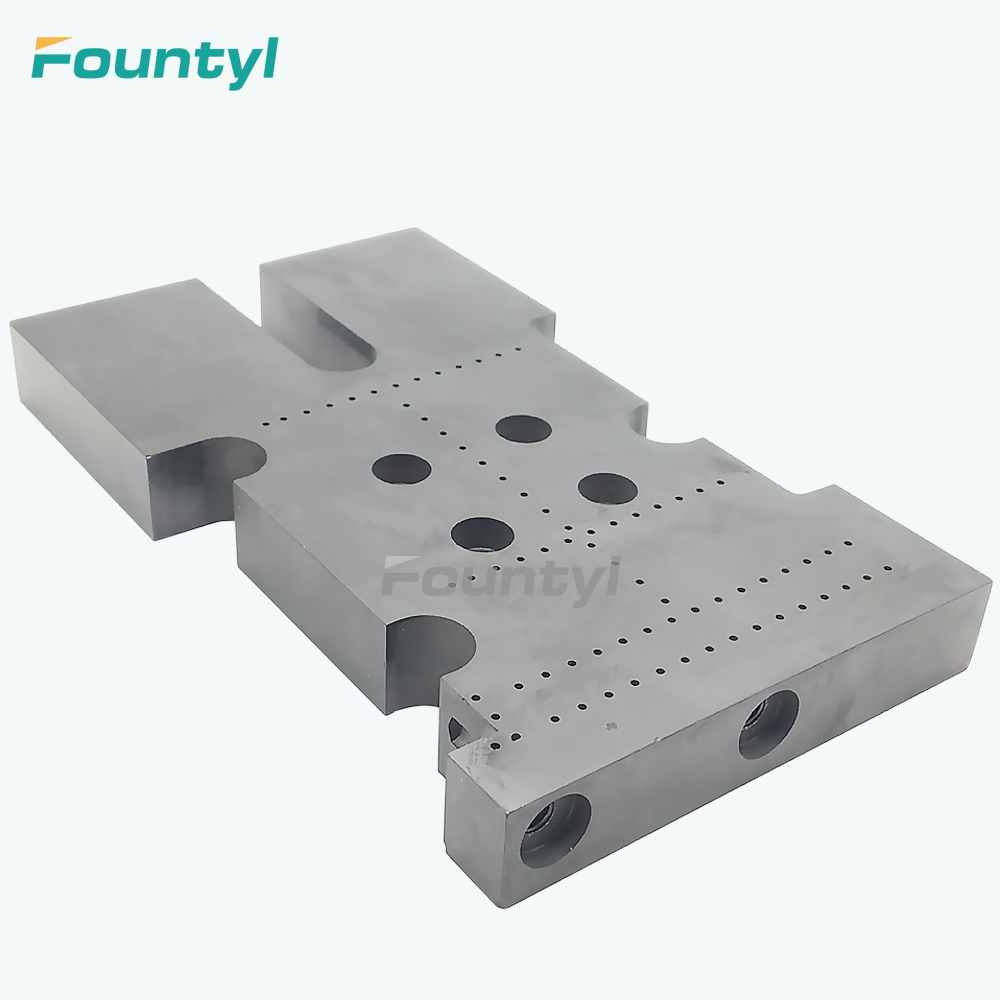Aluminum silicon carbide structrual part used for aviation, aerospace, Marine ships, rail transit, new energy vehicles field
Comparison of properties of AISIC with traditional metal and ceramic materials:
| aluminium alloy(7050) | titanium alloy(TC4) | stainless stee(SUS304) | SIC | Alumina | AISiC | |
| Density(g/cm3) | 2.8 | 4.5 | 7.9 | 3.2 | 3.97 | 2.8-3.2 |
| Strength of extension(MPa) | ≥496 | ≥985 | ≥520 | - | - | 270-450 |
| Elasticity modulus(Gpa) | 69 | 110 | 210 | 330 | 300 | 160-280 |
| Bending strength(Mpa) | - | - | - | 350-600 | 290 | 230-450 |
| Coefficient of linear expansion(×10/℃) | 24 | 8.6 | 17.3 | 4.5 | 7.2 | 4.5-16 |
| Thermal conductivity (W/m·K) | 154-180 | 8 | 15 | 126 | 20 | 163-255 |
The medium and high body aluminum silicon carbide composite materials we adopted on new type workmanship preparation with no interface phase, which effectively avoids the shortcomings of the brittleness of the metal ceramic composite materials, and greatly improves the processing performance and application range of the materials.
1. Aluminum silicon carbide - structural parts
High-strength precision structural parts - with the characteristics of lightweight, high stiffness, dimensional stability, wear resistance and corrosion resistance, instead of aluminum alloy, stainless steel, titanium alloy, used in high-precision, wear-resistant structural parts with counterweight requirements.
| Density(g/cm3) | Bending strength(MPa) | Modulus of elasticity(GPa) | Rate of elongation(%) | Damping ratio(ζ,%) | Thermal conductivity(W/m·K)@25℃ | Coefficient of linear expansion(×10/℃) 25-200℃ | |
| S45 SiC/AI | 2.925 | 298 | 172 | 1.2 | 0.42 | 203 | 11.51 |
| S50 SiC/AI | 2.948 | 335 | 185 | / | 0.52 | 207 | 10.42 |
| S55 SiC/AI | 2.974 | 405 | 215 | / | 0.66 | 210 | 9.29 |
| S60 SiC/AI | 2.998 | 352 | 230 | / | 0.7 | 215 | 8.86 |
2. Aluminum silicon carbide - heat dissipation part
Microelectronic cooling substrate/shell: aluminum silicon carbide is known as the third generation of electronic packaging materials for its superior thermal physical properties, and is widely used in the field of electronic packaging (the first generation such as aluminum, copper; The second generation such as Kewa, copper molybdenum, copper tungsten alloy....etc).
| Density(g/cm) | Bending strength(MPa) | Modulus of elasticity(GPa) | Thermal conductivity(W/m·K) @25℃ | Coefficient of linear expansion(×10°/℃) 25-200°℃ | |
| T60SIC/AI | 2.998 | 260 | 229 | 220 | 8.64 |
| T65SIC/AI | 3.018 | 255 | 243 | 236 | 7.53 |
| T70SIC/AI | 3.05 | 251 | 258 | 217 | 6.8 |
| T75SIC/AI | 3.068 | 257 | 285 | 226 | 5.98 |
Product advantages: High thermal conductivity, surface function diversified design, Low thermal expansion coefficient (similar to the thermal expansion coefficient of the chip material) Low welding porosity.
IGBT package base plate: The thermal conductivity of aluminum silicon carbide is high and low thermal expansion coefficient (thermal expansion coefficient is similar to the chip material), effectively reduce the probability of package circuit cracking, improve the service life of the product. In high-speed rail, new energy vehicles, radar, wind power generation to replace aluminum, copper, copper tungsten, copper molybdenum, beryllium, ceramics and other microelectronics packaging materials.
| Materials | Density (g/cm*) | Coefficient of linear expansion(x 10°/ ° C) | Thermal conductivity (W/m·K) | Specific stiffness(Gpa cm/g) |
| AISIC | 2.8-3.2 | 4.5-16 | 163-255 | 76-108 |
| Cu | 8.9 | 17 | 393 | 5 |
| AI (6061) | 2.7 | 23 | 171 | 25 |
| Kovar | 8.3 | 5.9 | 14 | 16 |
| Invar | 8.1 | 1.6 | 11 | 14 |
| Cu/Mo(15/85) | 10 | 7 | 160 | 28 |
| Cu/W(15/85) | 17 | 7.2 | 190 | 16 |



